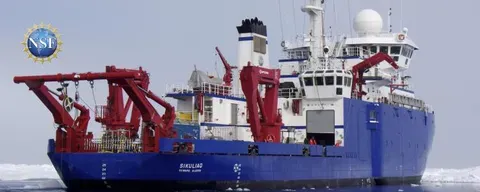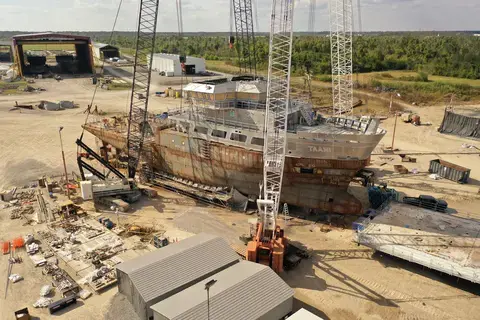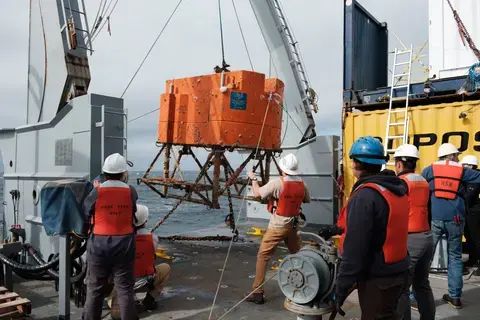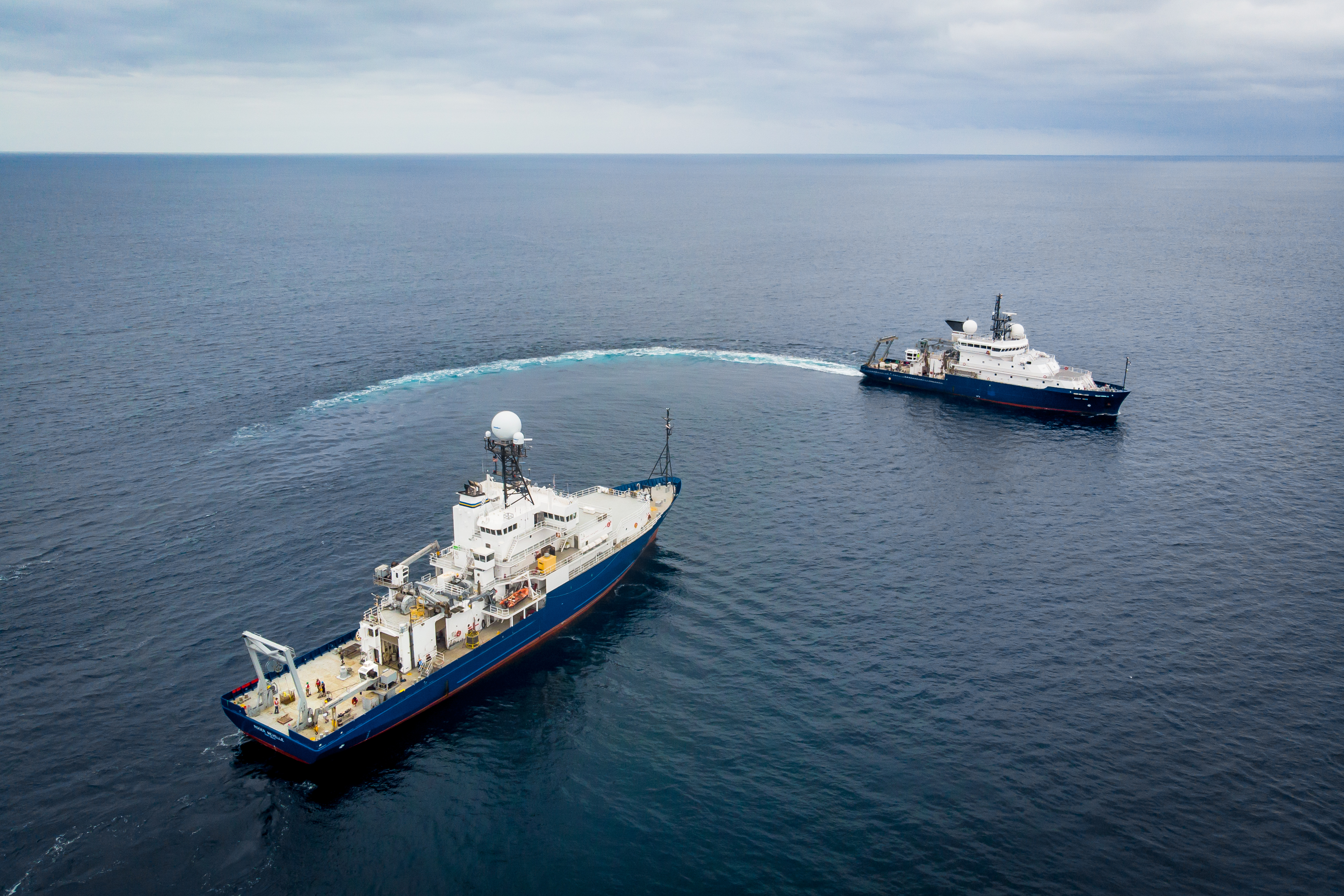The U.S. Academic Research Fleet
Brief Description
The U.S. Academic Research Fleet (ARF) currently consists of 17 oceanographic vessels and various submersibles/autonomous vehicles owned by NSF, the Office of Naval Research (ONR), and U.S. universities and laboratories. All the ARF ships and vehicles are operated by research universities and laboratories. The ARF is a subset of the U.S. Federal Oceanographic Fleet, with collaboration under the Interagency Working Group on Facilities and Infrastructure (IWG-FI). Coordination to access the ARF vessels and vehicles is accomplished through collaboration with the University-National Oceanographic Laboratory System (UNOLS) organization. Universities and laboratories that operate ARF vessels are designated as UNOLS operators, and as such adhere to the UNOLS Research Vessel Safety Standards, as well as other applicable U.S. Coast Guard Code of Federal Regulations and International Maritime regulations. All ARF vessels are U.S.-flagged vessels.

Scientific Purpose
The ARF consists of technologically advanced ships and submersibles/autonomous vehicles that enable scientists to conduct research on the complex ocean, seafloor, and sub-seafloor environment, the Great Lakes, and in the remote polar regions. ARF vessels collect observational data on Earth systems that provides a foundation for understanding how these systems interact and for improved modeling. Through at-sea sampling and observing, researchers have begun to understand, model, and predict the responses of marine populations to both long-term and episodic changes in ocean conditions.

Meeting Intellectual Community Needs
The National Research Council’s Committee Report, Sea Change: 2015-2025 Decadal Survey of Ocean Sciences, documented that ships provide invaluable access to the sea and are an essential component of the ocean research infrastructure. The Committee found that the ARF was a critical asset in addressing each of the eight decadal science priorities of highest importance to the Nation in the decade of 2015-2025. Users of ARF vessels collect data during a cruise both at sea and onshore via tele-presence/data presence.
Governance Structure and Partnerships
NSF Governance Structure
NSF oversight is provided by a Program Director in the Division of Ocean Sciences who works cooperatively with staff from other Divisions, BFA, the Office of the General Counsel, and the Office of Legislative and Public Affairs. Within BFA, the Large Facilities Office provides advice to program staff and assists with Agency oversight and assurance. The GEO Senior Advisor for Facilities and the Chief Officer for Research Facilities also provide high-level guidance, support, and oversight.
NSF is the Cognizant Federal Agency and oversees the ARF through awards to each ship-operating institution as well as through site visits, ship inspections, Business Systems Reviews (BSRs) and participation at UNOLS Council/Committee meetings. Additional oversight is provided by the ARF Integrated Project Team consisting of Program Directors and staff from GEO, BFA’s Large Facility Office, the Cooperative Services Branch in the Division of Acquisition and Contract Support, as well as representatives from the Office of Legislative and Public Affairs and the Office of the General Council.
External Governance Structure
The ARF is overseen through a variety of activities conducted by NSF and through coordination with stakeholders through the UNOLS Council and Committees. The UNOLS Ship Scheduling Committee is the mechanism used to develop the annual operating schedule to maximize the efficient support for the funded science. Through the UNOLS Fleet Improvement Committee, the stakeholders update documents identifying the capabilities needed by each Ship Class to support the science missions, which inform funding needs. Additionally, the material condition of the vessels, which is determined through the NSF Ship Inspection Program, helps determine future Fleet modernization needs.
Partnerships and Other Funding Sources
The ARF is supported through an interagency partnership, principally with ONR and NOAA. The Fleet’s operating costs are divided proportionally among the vessel users based on usage. NSF supports approximately 70 percent of the total usage.

